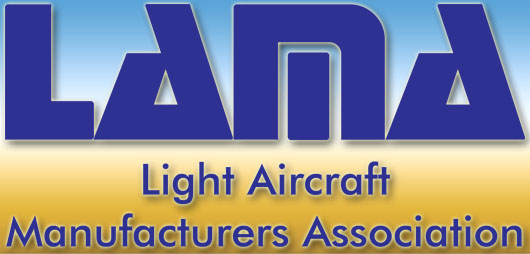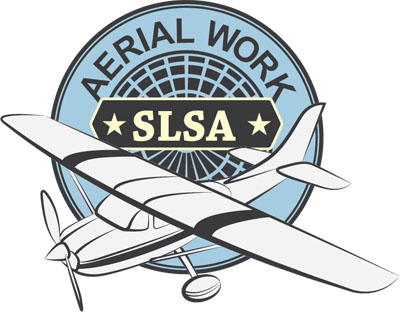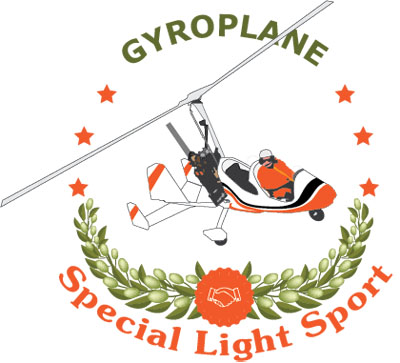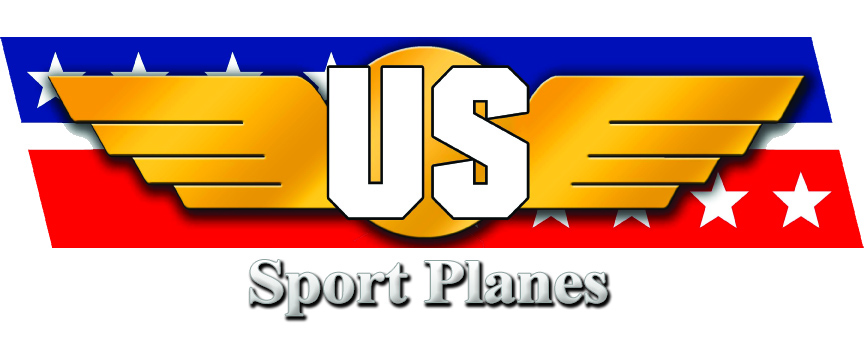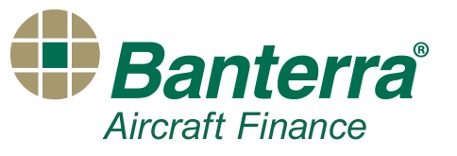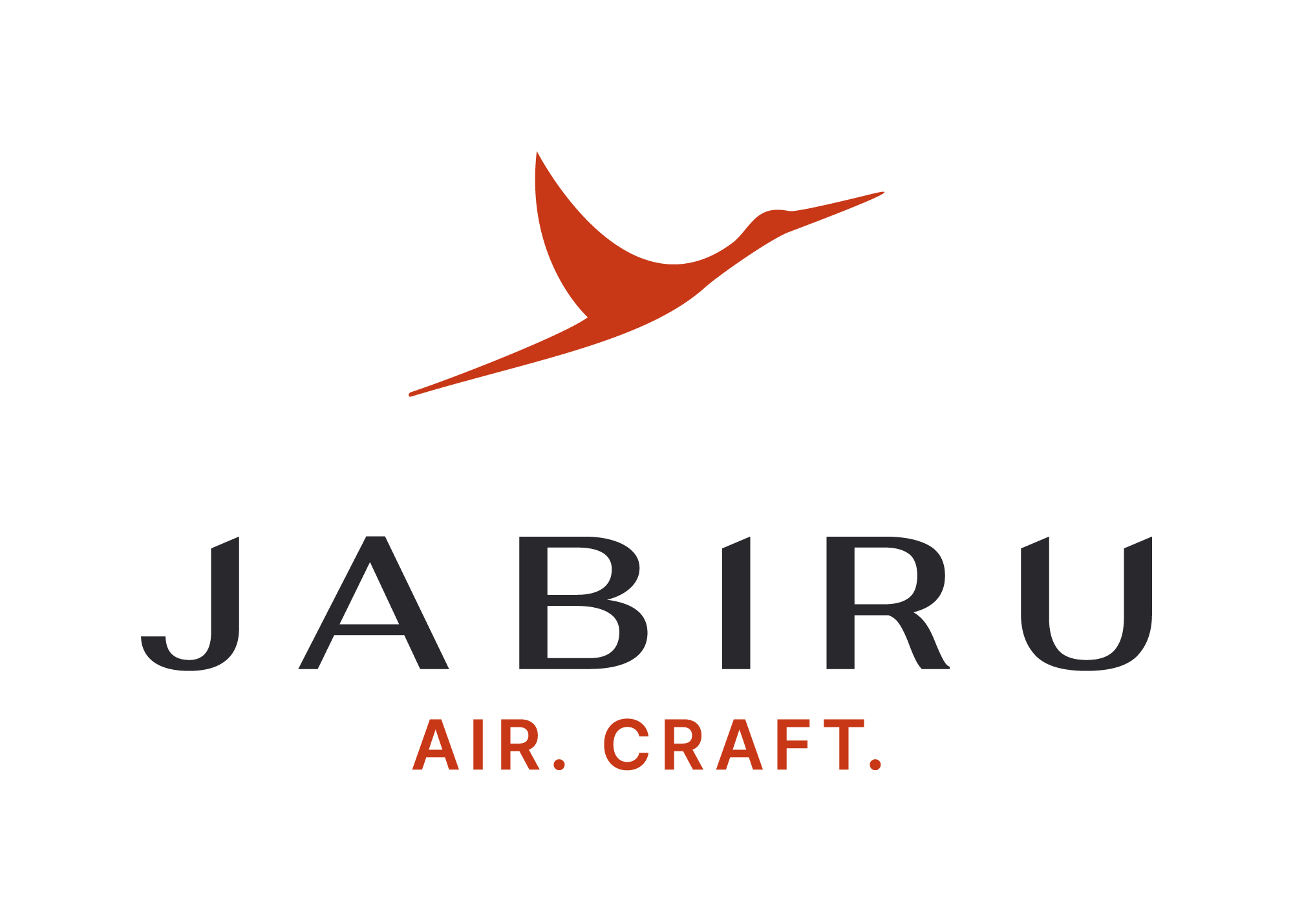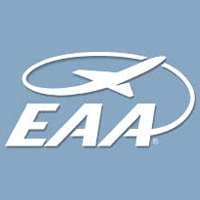FAA Regulation for Light-Sport Aircraft — July 2020 Progress Report
FAA Regulation Progress Update
July 2020 Report
Since 2014, LAMA has been working with FAA in concert with partner USUA.
As you should recall from previous Updates, LAMA has been successful beyond original expectations at persuading FAA to open up opportunities for builders of and companies servicing Light-Sport Aircraft and more.
Not only did FAA accept every LAMA request — putting these suggestions in the draft regulation that FAA personnel are now closely reviewing — but FAA added even more, such as increased weight, speed, seats, and more.
To say we are hopeful about a substantial enlargement of the LSA field would be a timid statement. We are hopeful for a significant expansion, but…
This does not mean we think all LSA should become larger, faster, more capable aircraft. LAMA absolutely supports smaller, slower, less costly, more highly specialized aircraft that make for much of the charm in this segment of recreational aviation.
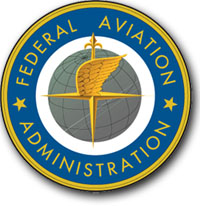
JULY 2020 — We are approaching “ex parte,” lasting until after the NPRM for the rule is published, when FAA can no longer discuss what they are proposing.
The regulation change we have been reporting for several years, more intensely for the last few months is nearing an internal FAA deadline. This will come between early August and early September 2020.
What does this mean?
Before FAA can finish the proposal and prepare it for a Notice of Proposed Rulemaking or NPRM, they must go through an internal review. This is no small undertaking.
FAA executive management has a considerable say in how and where this goes, so executives overseeing this work attend a series of every-week meetings.
After the proposal approaches the August/September time frame, what the rule writers have prepared will be examined by FAA’s legal department who will, among other things, assure the language is proper and fits correctly within FAA’s other regulations.
FAA’s economists must assure the regulation does not put undue economic burden on the public and/or taxpayer.
In addition, others will have points they wish to make and the people actually preparing the work must accommodate the comments and requests of executives, lawyers, economists, and others inside FAA.
As the ex parte period approaches, LAMA has a further update on its requests on behalf of industry. The news remains good.
LAMA personnel have recently had teleconferences with two essential FAA departments: Aircraft Certification and Flight Standards.
Given the extraordinary circumstances surrounding coronovirus concerns, our conversations have been Zoom conferences with all parties working from home. Such communications work well but do lack the total value of in-person visits. At present, visits to DC would not work.
Aircraft Certification — These are the main people to whom LAMA has been speaking. Their aircraft role is obvious but they are not working on the operational side, that is, who may fly LSA 2023 and who may perform maintenance on them.
Flight Standards — This group addresses the operation side. For LAMA, one of the most important initiatives has been Aerial Work or Commercial Use of LSA 2023. LAMA believes this is one of the most valuable aspects for both manufacturers and the pilots who operate the aircraft they build.
LAMA has had recent conversations with both groups. What follows first is the teleconference with the Flight Standards personnel.
Flight Standards
Teleconference
Manager Mark Giron introduced LAMA representatives to Bart Angle, the MOSAIC lead for the Flight Standards Service. He works in the AFS 830 OPS Branch.
Dan Johnson opened the discussion by explaining that there were three areas we were concerned with:
- Expanded use of SLSA for commercial purposes.
- What kinds of ratings may be required for additional capability aircraft.
- Maintenance issues.
Angle confirmed that Commercial Use is still being reviewed, but the focus has been on fixed-wing, three-axis airplanes.
LAMA asked:
- What certificate will be needed to do commercial work? Sport Pilot, Private Pilot, Commercial?
LAMA brought up powered parachutes and weight shift control trikes, observing issues such as there wasn’t a commercial rating available for the category.
Giron asked if LAMA believes a Commercial Pilot certificate is desirable for this work.
Roy Beisswenger replied that a Commercial certificate wasn’t necessary and that allowing Private powered parachute pilots additional privileges to what they already had (such as demonstrating an aircraft for sale and towing) was good.
Roy pointed out the physical limitations of both airframes. Both are limited to roughly 3 people, although 2 people is the industry standard. There is an obvious difference between these two categories and both airplanes and rotorcraft. The categories are more focused on privileges than in ratings.
Roy mentioned that military’s Agility Prime program was an important element for powered parachutes and that at least two companies are presently selling aircraft to the military. The Agility Prime program wants to support programs with commercial viability, but FAA rules don’t allow for that right now.
Mark explained that the timeline was that policy would be set by August-September and then they would begin working on the regulation’s Preamble points. The Preamble is what is used to justify the rule and is written first. That is when they will go into ex parte.
The entire project of rule writing is described as performance-based rule making.
High on the list is the safety case for the regulations as FAA deliberates the proposal.
LAMA received no answer on when privileges will be decided for Commercial Use.
- Policy should be set by August/September internal meetings. Afterwards, they will work on preamble points.
BRIEF REVIEW of
FAA PROPOSALS
This is updated from any previous list that LAMA provided.
What LAMA Originally Requested
- SLSA (fully built, not kit) Gyroplanes
- Aerial Work / Commercial Use
- Electric Propulsion
- Single Lever Control (in-flight adjustable prop)
FAA representatives from both Aircraft Certification and Flight Standards have confirmed that — while nothing is certain at this time and that many more people inside the agency must have an opportunity to provide their expertise — all the requests by LAMA remain in consideration.
While LAMA repeats that some LSA do not need to get heavier or larger, nonetheless, growing the segment can be helpful for many business serving this market.
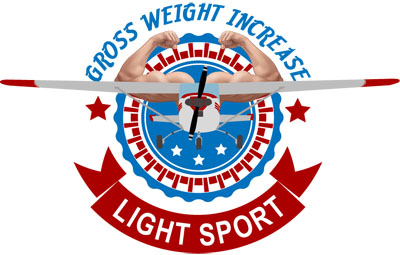
Other Changes Under Consideration (to present LSA)
- Increased weight (likely by formula)
- Four seats
- Retractable gear
- Maximum stall speed
- Capped horsepower
- Increased airspeed
- Hybrid propulsion
FAA’s “Mantra”
Stays the Same
FAA has regularly stated some points. Since they have not changed, they are worthy of repeating:
- “LSA of the future should remain “safe, simple, and easy to fly.”
- “We want to be less prescriptive …to leave more for industry to decide.”
- “LSA has been a successful development”
- FAA sees “opportunities to safely expand this sector of aviation while decreasing burden on the industry” and seeks to “make this a positive for industry.”
FAA’s Overarching Purpose
Light-Sport Aircraft designs and the manufacture of these aircraft have performed well and FAA generally recognizes this.
While industry took the early years to get up to speed on the then-new regulation (it was introduced in September of 2004), FAA acknowledged industry is meeting the requirements satisfactorily. Evidence of this is the agency’s use of LSA experience with industry consensus standards as they rewrite the regulation for Part 23 (legacy GA aircraft) certification.
FAA rule writers sought to fill a yawning gap between LSA and Part 23 aircraft.
The agency has also been reviewing this proposal with CAAs in other countries
Ongoing Updates
LAMA is working with the FAA to bring information to the light sport aircraft industry. However, we want to be careful in what we report because we view LAMA’s work with the agency as a bridge between FAA and industry. We want correct and solid information for industry to use while preserving the rapport we have built with the FAA.
LAMA is very pleased with the FAA’s open attitude and willingness to consider important changes that industry and the flying community seek. We are also grateful to many FAA personnel for their diligent efforts and for communicating their work to LAMA.
LAMA will continue to work closely with FAA and other membership organizations to advocate for these proposals in a way that is beneficial to the light aircraft industry and to the pilots who fly those aircraft for pleasure or work.
Report submitted by…
- Dan Johnson — LAMA president and chairman of the board
- Roy Beisswenger — USUA president and LAMA board member
NOTE — Before distribution, LAMA sought agency clarification for the language used in this update report.
Member Feedback
For members of LAMA,
the Light Aircraft Manufacturers Association
Current LAMA members are invited to provide feedback on this report or to state other matters they wish placed in front of FAA.
LAMA members received this report first after which it was sent to a larger list. While we will review all comments, our organization is only prepared to respond to feedback from members.
If your company is not a member and is willing to support the work of this organization, please visit the LAMA Membership Page.
Thank you for reading the Progress Report and for staying informed about the changes to come.
If you are presently a LAMA member…
THANK YOU!
If you are not a LAMA member,
please considering joining and adding your voice
to that of other producers as LAMA speaks to FAA.
LAMA can better assist your company if you are a member of the association.
For the record — all leadership in LAMA works on a volunteer, non-salary basis.

